Offshore wind industry creating thousands of high-quality jobs in Vietnam
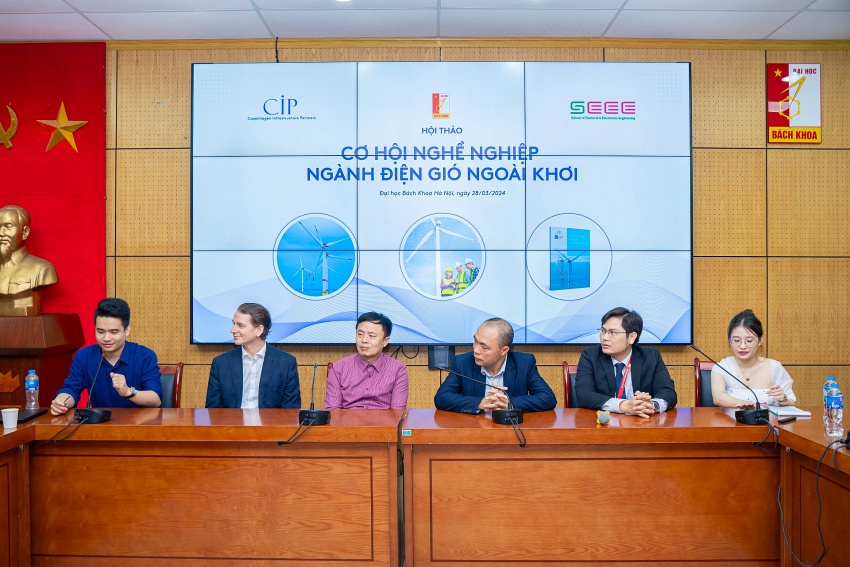 |
| Seminar on "Career Opportunities in Offshore Wind Power Industry" |
Copenhagen Infrastructure Partners (CIP), one of the world's largest offshore wind power developers from Denmark, collaborated with the School of Electrical Engineering, Hanoi University of Science and Technology, to hold a seminar on "Career Opportunities in Offshore Wind Power Industry" on March 28. As part of the programme, CIP also officially launched the publication "Human Resources in the Offshore Wind Power Industry".
For the first time in Vietnam, both domestic and international experts had the opportunity to comprehensively share insights into the career development potential of Vietnamese personnel in the offshore wind power industry, a relatively new field that is still in its early stages in Vietnam.
The offshore wind power industry has the potential to create thousands of high-quality job opportunities for Vietnamese personnel.
"CIP will need a highly skilled workforce for the group's projects. For example, the La Gan offshore wind project, when fully operational at 3.5GW capacity, will require the participation of 45,000 FTEs, where an FTE is defined as a full-time equivalent staff member working for one year," Stuart Livesey, a representative of CIP in Vietnam and general director of La Gan Offshore Wind Project, said at the seminar. "CIP hopes Vietnamese personnel have access to quality and diverse career opportunities in the offshore wind industry, while also supporting Vietnam to become a hub for exporting items serving offshore wind projects in the Asia-Pacific region in the future."
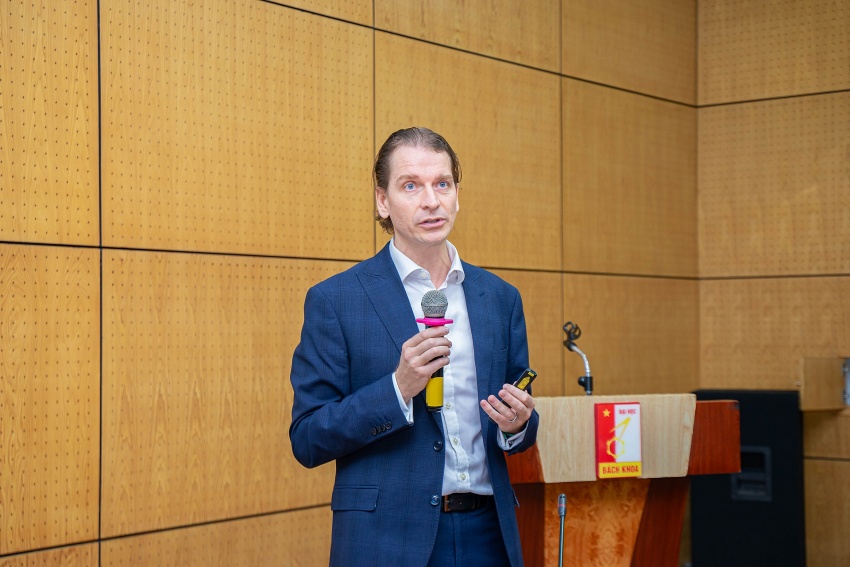 |
| Stuart Livesey, a representative of CIP in Vietnam, general director of La Gan Offshore Wind Project |
Throughout the lifecycle of an offshore wind farm (approximately 35-45 years), some job positions will accompany the project through all three main stages of development, construction, and operation, while others may only be involved in one or two stages of the project.
The construction stage has the highest demand for personnel (accounting for 49 per cent of total employment generated during the project's lifecycle), followed by the operation and maintenance stage (35 per cent), then the development stage (10 per cent) and decommissioning (6 per cent).
Vietnamese personnel have great potential and strengths to join the offshore wind power industry. Although this is a completely new industry in Vietnam, many technical positions in the offshore wind power industry can be filled by personnel currently working in other sectors with similar working environments, deployment methods, technical standards, quality requirements, and safety standards, such as the oil and gas industry, marine construction, power plants, nearshore and onshore wind power, and maritime sectors.
It is important to note that personnel working in these mentioned fields will have advantages, but it is not a mandatory requirement to enter the offshore wind power industry.
Moreover, personnel responsible for administrative or project support positions may come from various other sectors if they possess appropriate qualifications, experience, knowledge, and soft skills. Fresh graduates or those with limited experience can also start their careers in the offshore wind power industry with apprenticeships, internships, and trainee programmes.
Training is the key to enabling Vietnamese personnel to quickly meet job requirements in the offshore wind power industry. Different job positions in offshore wind projects will require personnel to complete various training certifications.
Currently in Vietnam, some long-term programmes already support offshore wind projects of the future, such as coastal and offshore engineering, oil and gas, construction engineering, logistics and supply chain management, maritime navigation, mechanical engineering, power management, ship control, ship machinery, renewable energy, geological engineering, and environmental engineering.
Alternatively, some short-term programmes including basic safety, rescue training, enhanced first aid, and basic technical training also provide necessary skills for technical offshore wind jobs.
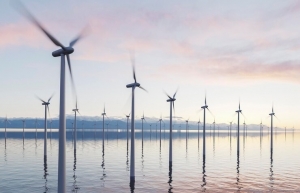 | Offshore wind power, hydrogen, and gas power awaiting policies The expeditious execution of gas power, offshore wind power, and hydrogen projects is contingent upon the competent authorities formulating policies pertaining to these domains. |
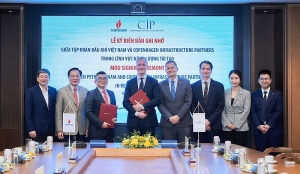 | Copenhagen Infrastructure Partners and PetroVietnam collaborate on green energy On March 7, Danish renewables investor Copenhagen Infrastructure Partners (CIP), through its Growth Market Funds, signed an MoU with PetroVietnam, Vietnam’s national oil, gas, and renewable energy group. |
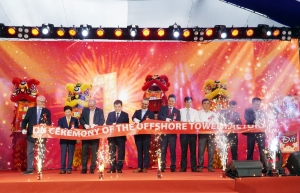 | South Korea's CS Wind inaugurates a $80 million offshore wind tower plant CS Wind Vietnam, a subsidiary of South Korea's CS Wind Corporation, inaugurated an $80 million offshore wind tower facility in Phu My 1 Industrial Park, Ba Ria-Vung Tau, on March 13. |
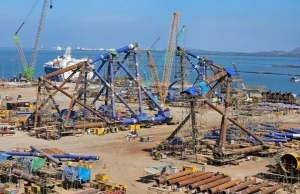 | PTSC shows strong engagement in offshore wind power projects The Petrovietnam Technical Services Corporation (PTSC), a subsidiary company of the Vietnam Oil and Gas Group (Petrovietnam), is deeply engaging in domestic and international offshore wind power projects thanks to its rich experience, strong resources and highly qualified personnel. |
What the stars mean:
★ Poor ★ ★ Promising ★★★ Good ★★★★ Very good ★★★★★ Exceptional
Related Contents
Latest News
More News
- Is our security becoming a battle of AIs? (December 30, 2025 | 10:05)
- HD SAISON strengthens position at APEA 2025 with Corporate Excellence Award (December 22, 2025 | 14:43)
- Gemadept: building infrastructure, securing industry leadership (December 19, 2025 | 16:34)
- Retailers turn to AI and automation as shopper satisfaction slips (December 19, 2025 | 08:00)
- IBTE 2025 spotlights opportunities in Vietnam’s baby product and toy industry (December 18, 2025 | 17:23)
- Climate Finance Accelerator Vietnam begins search for projects seeking investment (December 18, 2025 | 17:22)
- Vietnam and Switzerland conclude SwissTrade (December 17, 2025 | 18:22)
- TECHFEST Vietnam 2025 links startups with policy and capital (December 15, 2025 | 18:21)
- MST to allocate $3.8 billion for sci-tech in 2026 (December 15, 2025 | 18:10)
- Long Thanh International Airport welcomes first Vietnam Airlines test flight (December 15, 2025 | 18:01)

 Tag:
Tag:


























 Mobile Version
Mobile Version